A tragedy of Titanic proportions off the Donegal coast
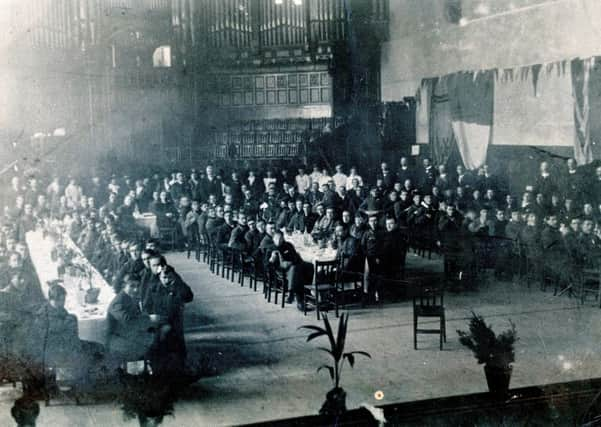

The public will be able to get an insight into an intriguing local tragedy, the epic scale of which was akin to that which befell that other, and much more famous, White Star Liner, the Titanic.
The free exhibition can be visited following the official opening, from January 26 through to June 28.
Advertisement
Hide AdAdvertisement
Hide AdRecalling the events of that fateful night on January 25, 1017, ahead of the exhibition, Ronan McConnell, Acting Education Officer at the Tower Museum, said: “The ship hit a mine at 5.30pm on January 25, 1917, as she was leaving Lough Swilly.
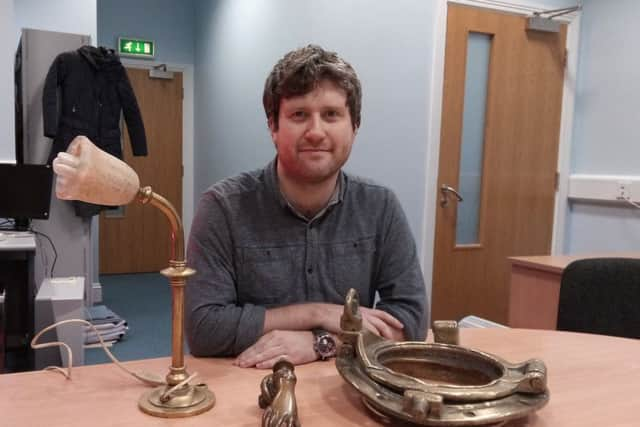

“She was on her way to Nova Scotia with German prisoners and 43 tonnes of gold to pay for munitions for the War effort. She was a former White Star Liner, the same as the Titanic, but she was commandeered by the Royal Navy because she was a fast ship and could outrun submarines.
“On the way around Malin Head, the captain realised there were two sailors on board suffering from Yellow Fever. Rather than risk infecting the whole ship he decided to stop off at Buncrana and deposit the sailors there.
“While the ship was in Buncrana some local people went on board to have a look. One of the men, Daniel Smith, was an electrician and he saw the door knocker (pictured) and admired it a couple of times, and as he was leaving the captain Reginald Norton said to Daniel: ‘Do you still admire this knocker, because it would look better on your door than at the bottom of the sea.’ He was referring to how dangerous it was at the time.”
The ship then slipped anchor and came out of Lough Swilly.
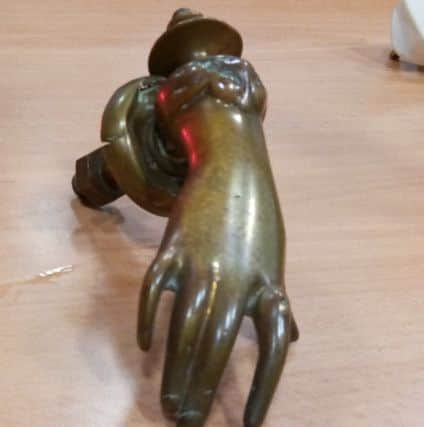

Advertisement
Hide AdAdvertisement
Hide AdRonan said: “The ship struck two mines at the mouth of Lough Swilly and went down very quick. It was minus 13 degrees, it was bitter cold and it was a moonless night and the only light they could see was the light of Fanad Lighthouse.
“All or most of the sailors got off and the captain was the last to get off. Even the prisoners were rescued and taken off and they all got into lifeboats, but because of the night that it was, many of them died of exposure, froze to death. It’s the worst place to have a sinking there’s no beaches.”
In total, 354 of those on board perished, and only 121 survived.
Ronan said: “There are oral history accounts of people remembering the survivors being taken ashore and the local people going out in their small fishing boats and rescuing these lifeboats and taking them back in; and of boats full of frozen bodies.
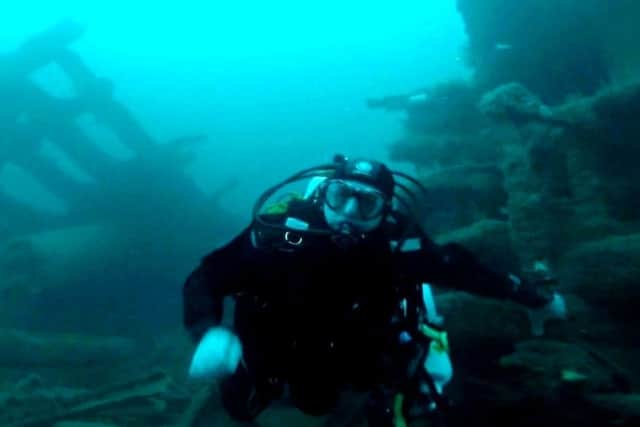

Advertisement
Hide AdAdvertisement
Hide Ad“Some bodies were never found, some washed up later. There’s 68 buried in Fahan and two at Cockhill Cemetery as well.
“The survivors were brought to Buncrana and then to Fort Dunree and then eventually to Derry where the Mayor, R.N. Anderson hosted a lunch for them.
“We’re recreating the photograph of the survivors that was taken at the Guildhall 100 years ago. It’s a fantastic opportunity and a once in a life-time opportunity to do this, and there will also be some music to accompany it, just as there was 100 years ago, and the waiters and waitresses will be dressed up.”
Ronan said the Admiralty at the time tried to cover up the Laurentic disaster to avoid handing propaganda to the enemy in the wake of the sinking of the Lusitania and prior to that the Titanic, while a major operation was launched to recover the gold from the Laurentic.
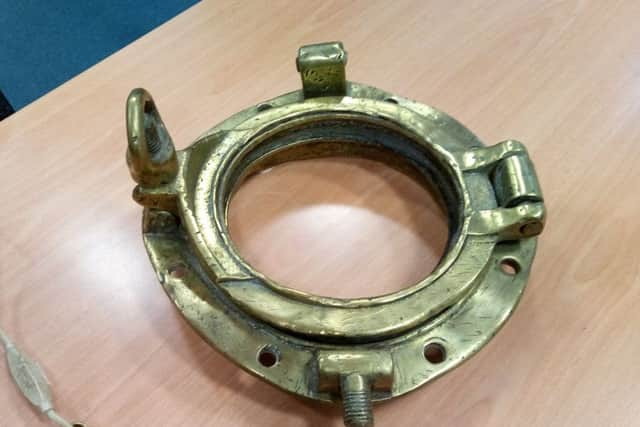

Advertisement
Hide AdAdvertisement
Hide Ad“The Laurentic was two thirds the size of the Titanic, a huge, huge ship,” he said.
“The Royal Navy divers would bring up items from the wreck and sell them in local antique shops.”
Many of those items will be on show during the forthcoming exhibition, alongside the research and interviews conducted by the owner of the wreck site today, Ray Cossum which forms the basis on it.
Ronan said: “The diving community have been incredibly generous with information, photos, research and objects in relation to the Laurentic for this exhibition.
Advertisement
Hide AdAdvertisement
Hide Ad“It’s been fantastic to work with them all and for the first time we are able to bring together objects from a ship - that’s never really been done before on its centenary, but also all these objects have a story. We managed to get the bell back on loan from the Isle of Wight Shipwreck Centre.
“We’re lucky in that while he Laurentic is 120 ft, 40 metres below the surface of the sea and it can be dangerous, the clarity of the water is fantastic, so we have objects that you would not be able to get say from the Titanic for example.
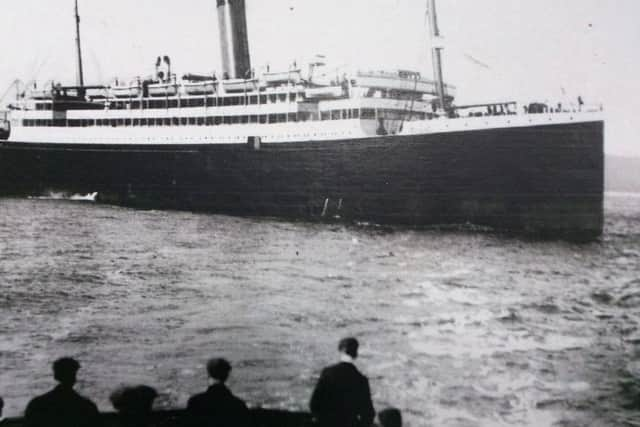

“While the gold has leant a huge sense of adventure to the story, the research carried out and the objects leant to us tell an overall story that is priceless.
“We have relatives of people coming to the exhibition who can see objects their ancestors may have touched while onboard the ship.”
Advertisement
Hide AdAdvertisement
Hide AdCommenting on the tragedy, he added: “It was a huge loss of life and it’s something that has kind of stayed within folk memory, and we have been very lucky that Ray Cossum had the foresight to record people who were on it.
“It’s left a huge heritage footprint on the local landscape.
“The Laurentic was overshadowed by the Lusitania and the Titanic before it. It hasn’t got the same publicity as the Titanic but its story is just as interesting.”
To take part in the recreation of the free survivors’ dinner at the Guildhall, contact the Mayor’s Office on 71376508.